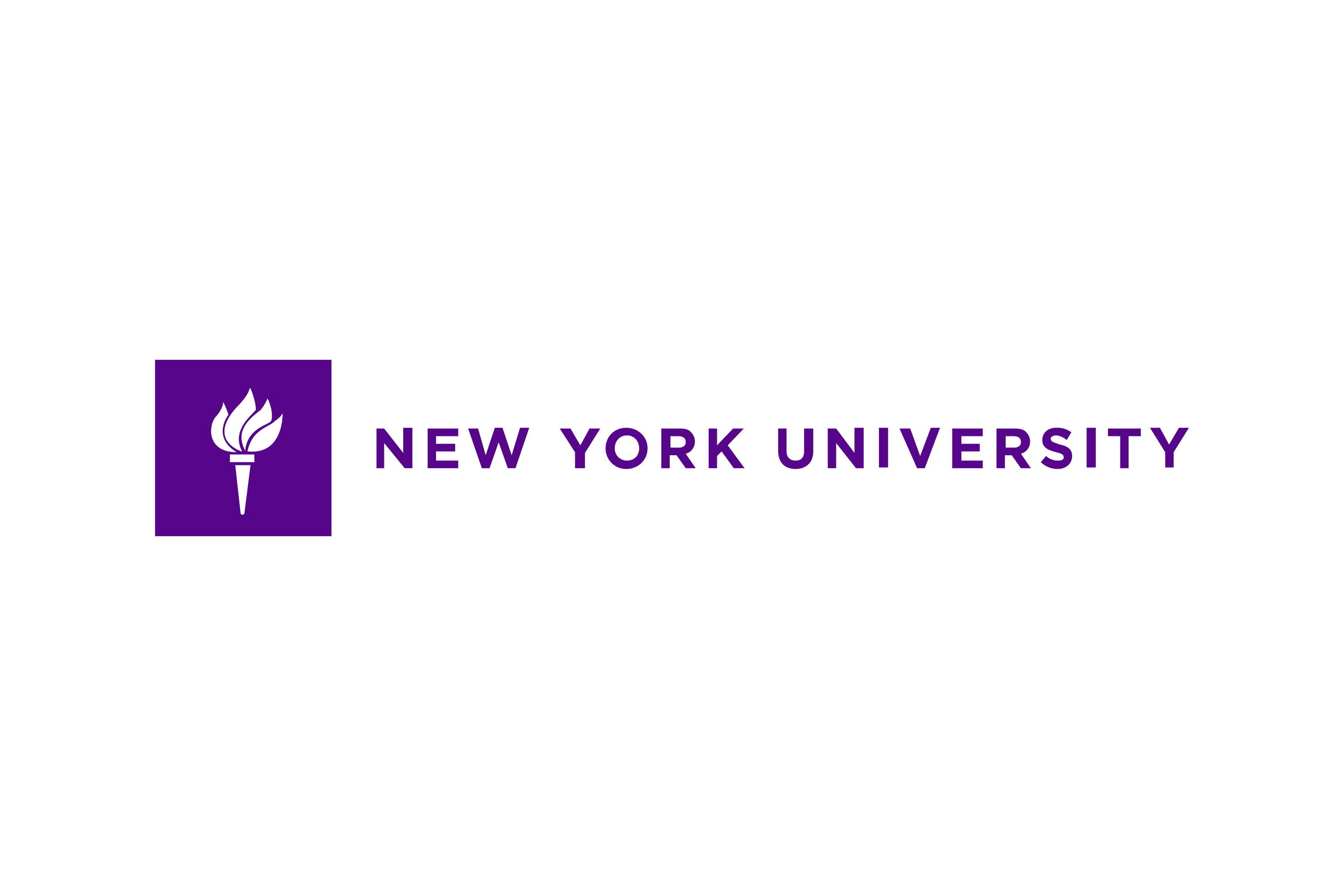New York University: Cool Course Dispatch: NYC Coastlines: Past, Present, and Future
During the Fall 2020 semester, students in the NYU Gallatin course “NYC Coastlines, Past: Present, and Future” became the only citizen scientists to collect oyster monitoring data from the Hudson River for The River Project’s entire 2020 season, which suffered from a lack of volunteers due to the pandemic.
The course, which is open to all Gallatin students who need to fulfill a science requirement—whether or not they think they’re “good” at the subject, says professor of environmental science Karen Holmberg—normally includes several field trips to allow students to examine New York City waterways and study the impact of urbanism on the natural environment. But this time, COVID-19 safety restrictions led Holmberg to “pull apart the syllabus at the seams and rebuild it,” scrapping visits to the Coney Island MTA yard, the Cornell oyster hatchery, and the NYC Archaeological Repository in favor of an enhanced outdoor experience with The River Project, among other real-world opportunities for data collection.
Person reaching into a mesh bag of oysters in NYC
Photos taken by Emma Comrie, courtesy NYU Gallatin
Two students examining water in NYC
The River Project, part of the Hudson River Trust, has previously welcomed Holmberg’s classes to tour its lab, but this time invited the students to take part in actual oyster monitoring over the course of several weeks instead. The oysters, which are on wire meshes attached to pier pilings, are tagged with a number and all living oysters were measured and weighed. The health of the oysters are examined each month to determine the health of the Hudson River.
Two hands clean an oyster with a brush.
Photo taken by Emma Comrie, courtesy of NYU Gallatin
In addition to oyster monitoring, students also visited Red Hook in Brooklyn to collect data for The Citizens’ Water Quality Testing (CWQT) project. Traveling by ferry instead of subway or car gave students a greater connection to the water they were studying—and an opportunity to sample Steve’s key lime pie, a neighborhood favorite, as a reward for making the trek in the cold rain.
One student reflected on the experience, stating, “I think the project exemplifies how science is all around us, not just in a lab. While we are going to explore our findings in a scientific manner we are also engaging with the waterfront which has given me a new appreciation for the city’s coastline. I also have a new appreciation for field scientists, who have to endure harsh conditions to continue projects and discoveries.”
That’s always been Holmberg’s hope for the course—that it will nurture in students a better understanding of how embedded in the natural world we all are, especially in an era of climate change and sea-level rise, all while reinforcing the idea that science starts with close observation, which can be done everywhere and by anyone. “Citizen science is crucial as it broadens the data collected for scientific understanding but also gives increased understanding to the environmental issues we face,” she says.

